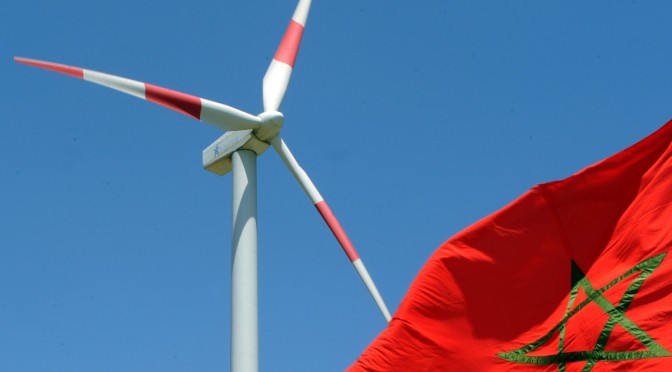Morocco, a North African country with a population of over 36 million, has long been dependent on imported fossil fuels to meet its energy needs. However, in recent years, the country has made significant strides in harnessing its abundant renewable energy resources, particularly solar, wind, and hydropower. This shift towards clean energy has been driven by a combination of factors, including the need to reduce greenhouse gas emissions, ensure energy security, and support economic development.
One of the most significant developments in Morocco’s renewable energy sector has been the launch of the Moroccan Solar Energy Program (NOOR) in 2009. This ambitious initiative aims to develop 2,000 megawatts (MW) of solar power capacity by 2020, which would account for 14% of the country’s total installed capacity. The program has already seen the construction of several large-scale solar power plants, including the NOOR Ouarzazate complex, which is one of the largest concentrated solar power (CSP) facilities in the world. With a capacity of 580 MW, the plant can generate enough electricity to power over a million homes.
In addition to solar power, Morocco has also been tapping into its wind energy potential. The country has a total wind power capacity of around 1,200 MW, making it the largest wind energy producer in Africa. Several new wind farms have been commissioned in recent years, including the 850 MW Tarfaya Wind Farm, which is the largest in Africa. Furthermore, the Moroccan Integrated Wind Energy Project aims to increase the country’s wind power capacity to 2,000 MW by 2020.
Hydropower is another key component of Morocco’s renewable energy mix. The country has a total installed hydropower capacity of around 1,770 MW, which accounts for approximately 16% of its total electricity generation. The government has plans to further develop its hydropower resources, with several new projects in the pipeline, including the 350 MW Abdelmoumen Pumped Storage Hydroelectric Plant.
The development of renewable energy in Morocco has been supported by a favorable policy environment, as well as significant investments from both the public and private sectors. The country has set a target of generating 52% of its electricity from renewable sources by 2030, which is one of the most ambitious goals in the region. To achieve this, the government has implemented a range of measures, including feed-in tariffs, tax incentives, and public-private partnerships.
International organizations and foreign governments have also played a crucial role in supporting Morocco’s renewable energy sector. The World Bank, the European Investment Bank, and the African Development Bank have provided funding for various renewable energy projects in the country. Additionally, Morocco has received technical assistance and support from countries such as Germany, Spain, and the United States.
The growth of renewable energy in Morocco has had a positive impact on the country’s economy, creating thousands of jobs and attracting billions of dollars in investment. Moreover, the development of clean energy infrastructure has helped to reduce Morocco’s reliance on imported fossil fuels, thereby improving its energy security and reducing its vulnerability to fluctuations in global oil prices.
In conclusion, Morocco has made significant progress in harnessing its renewable energy potential in recent years, driven by a combination of favorable policies, strong government support, and international cooperation. The country’s ambitious renewable energy targets and ongoing investments in solar, wind, and hydropower projects are expected to further strengthen its position as a regional leader in clean energy. As Morocco continues to develop its renewable energy sector, it serves as an inspiring example for other countries in the region and around the world, demonstrating the potential for a sustainable, low-carbon future.


